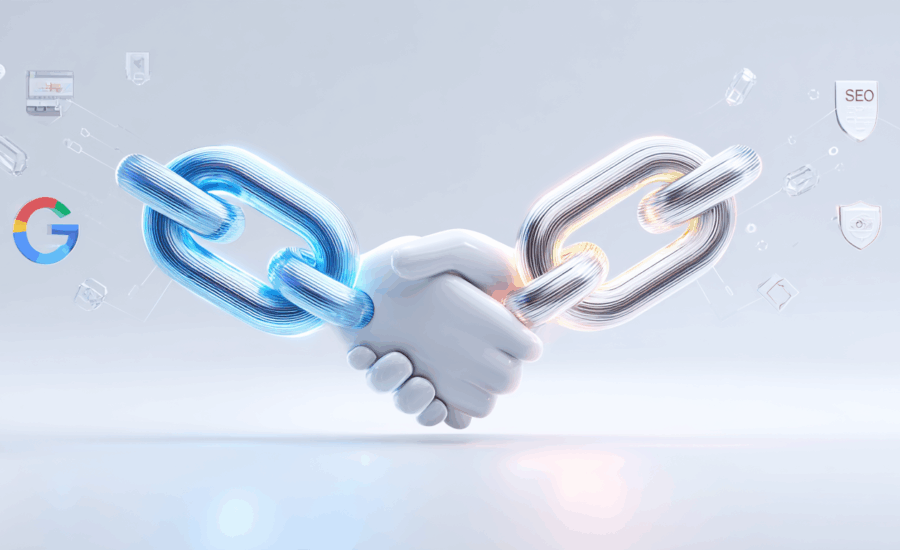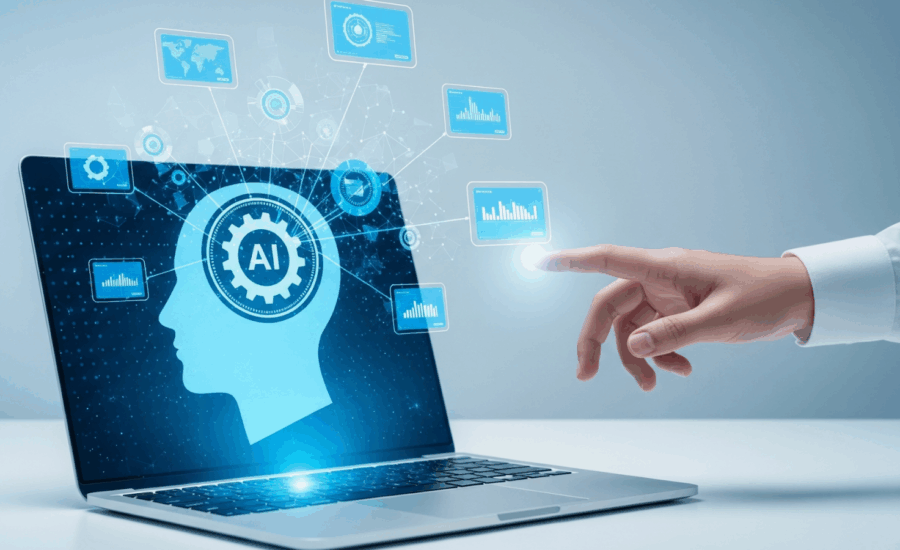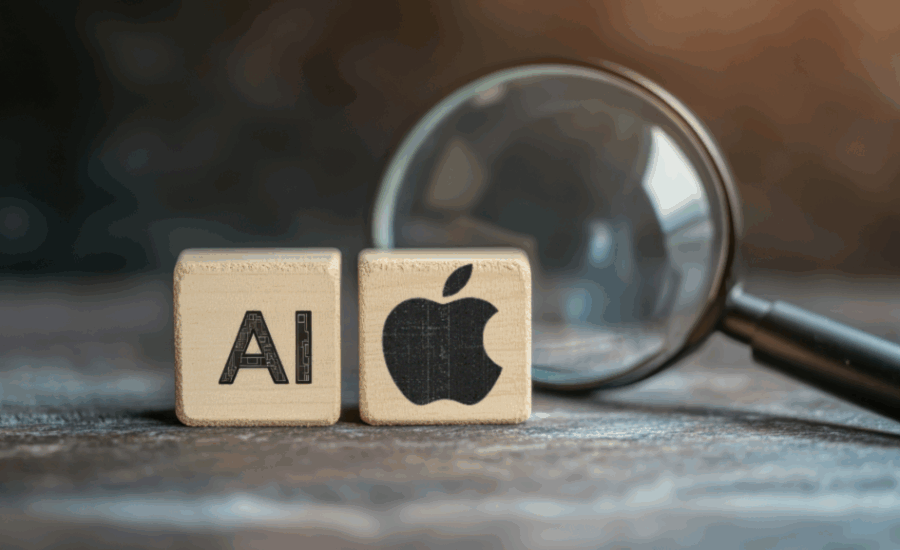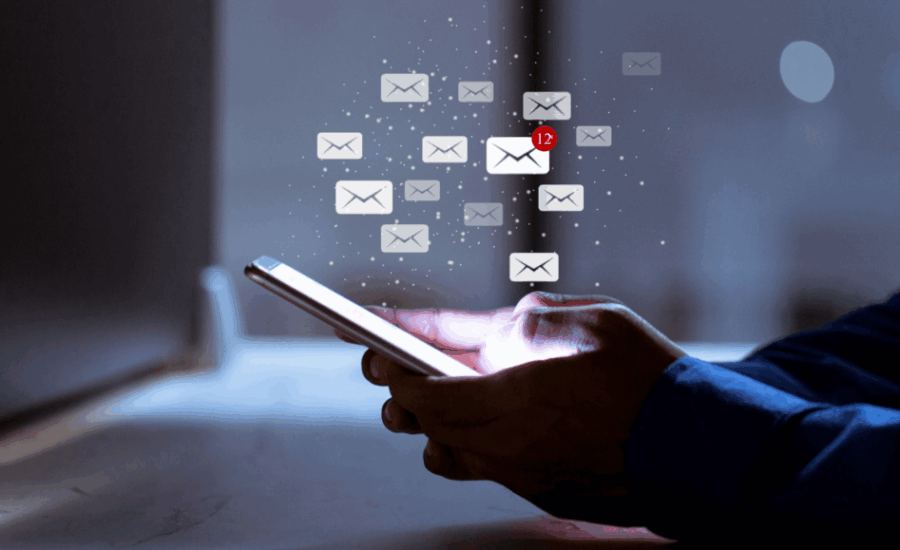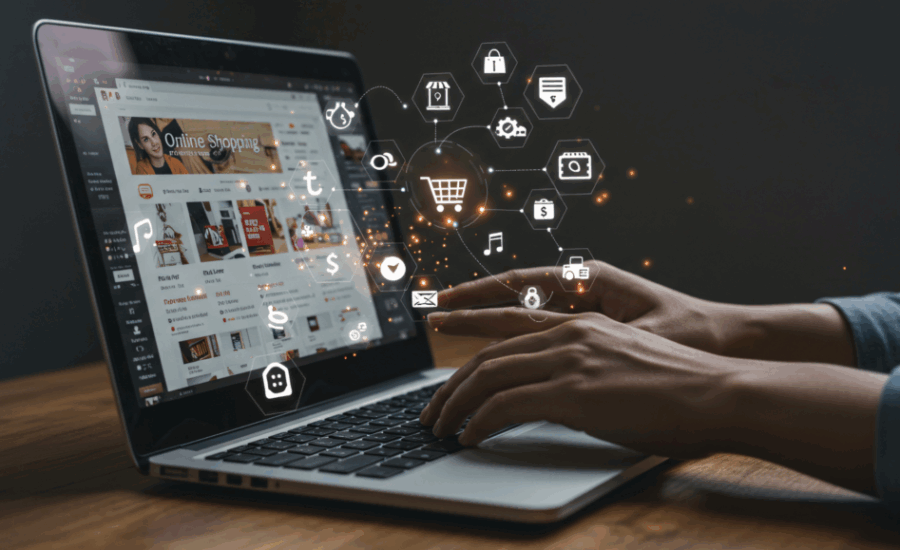In 2026, Choosing a Marketing Agency Is a Decision About Trust Choosing a digital marketing agency has never been more consequential—or more scrutinized. In 2026, businesses are not just hiring vendors to run campaigns or manage channels.
- Home
- Tag: Digital Marketing
Artificial intelligence is no longer an emerging trend. It is now a core part of how businesses operate, market, analyze data, and make decisions. By 2026, AI tools are influencing everything from content creation and customer support
Social media is no longer the same beast it was a few years ago - it’s faster, noisier, and far less forgiving of generic content. As we move into 2026, rapid innovation and evolving user behavior are
Holiday messaging has become a strategic part of brand communication. Even in a fast moving digital landscape, thoughtful seasonal messages continue to influence customer perception, strengthen relationships, and drive engagement at a time when audiences are more
As AI continues to reshape how users discover information, some SEO fundamentals remain just as powerful as ever. One of them? Backlinks. Even as Google’s AI Overviews and tools like ChatGPT summarize content without always linking directly
Artificial intelligence has rapidly evolved from novelty to necessity. Whether you’re writing, researching, coding, or creating, there’s likely an AI tool that does it faster, cleaner, and smarter than before. But with dozens of big names competing
In today’s fast-moving digital landscape, businesses face a critical decision: should you hire a single full-time marketing employee, or partner with a digital marketing agency like Onimod Global? While in-house hires can be valuable, the scope and
Search is no longer just about blue links. It’s about answers. With Apple’s announcement of World Knowledge Answers (WKA) launching next spring, the battle for search dominance is intensifying. Unlike traditional engines that direct users to pages, Apple’s new
Email marketing has come a long way from static newsletters and promotional blasts. In 2025, inboxes are becoming more dynamic, interactive, and even transactional. With consumers expecting personalization and convenience, brands are now experimenting with interactive features, AMP technology, and shoppable
In 2025, digital content is the foundation of how brands connect with their audiences. With algorithms evolving, AI-powered personalization shaping user experiences, and attention spans shorter than ever, creating engaging content is both a challenge and an





